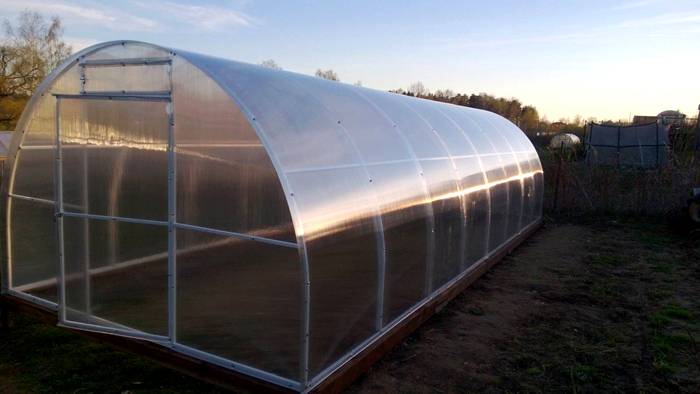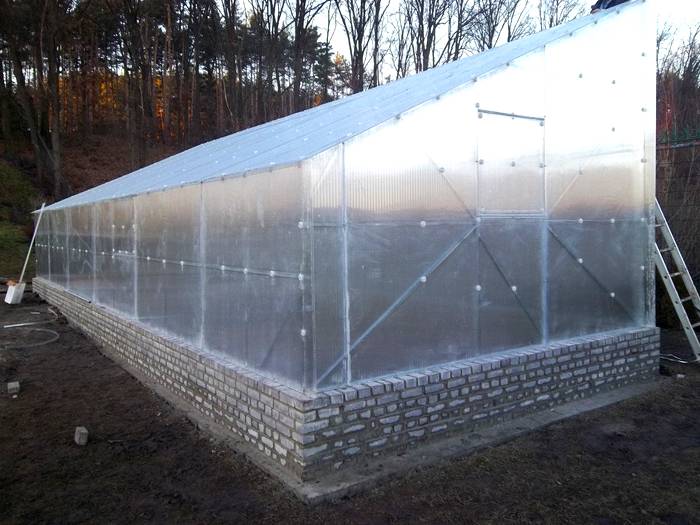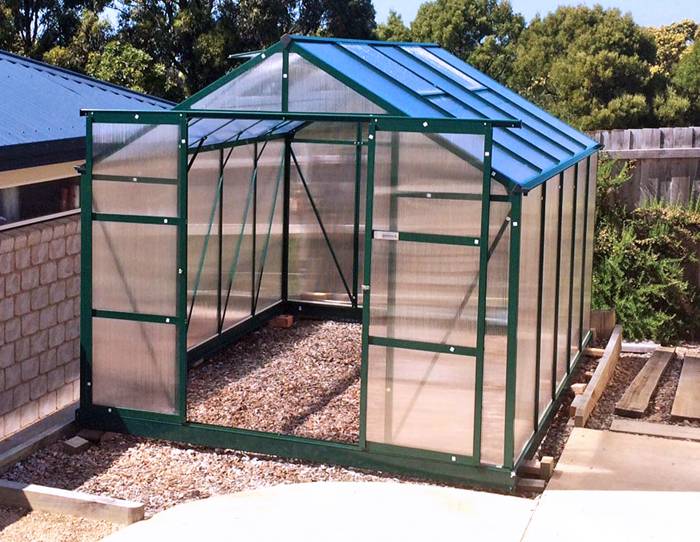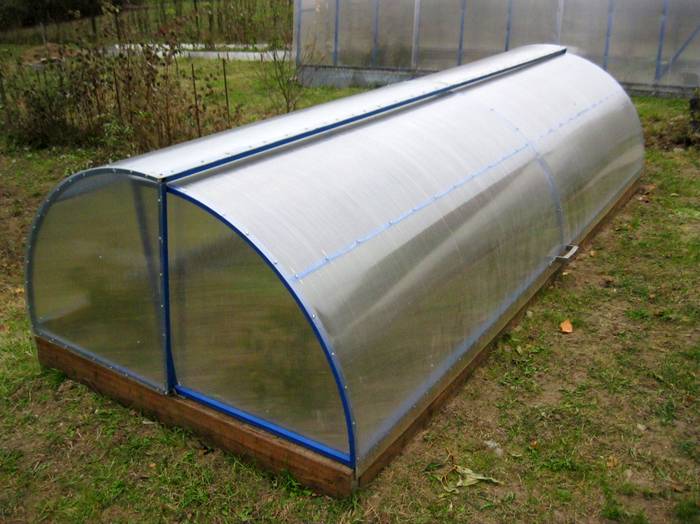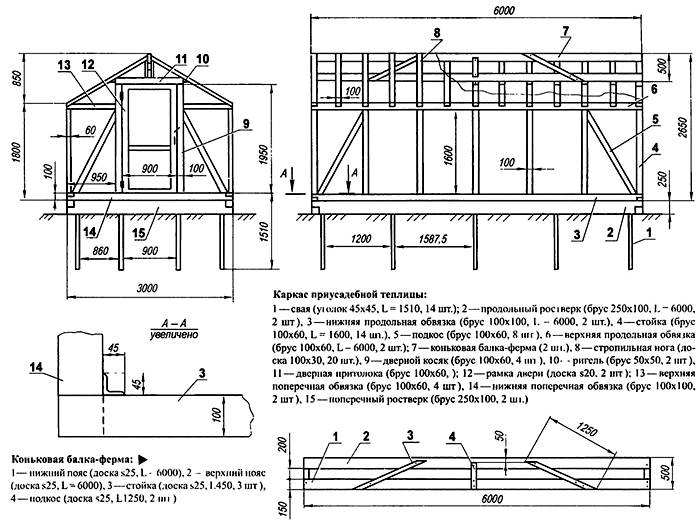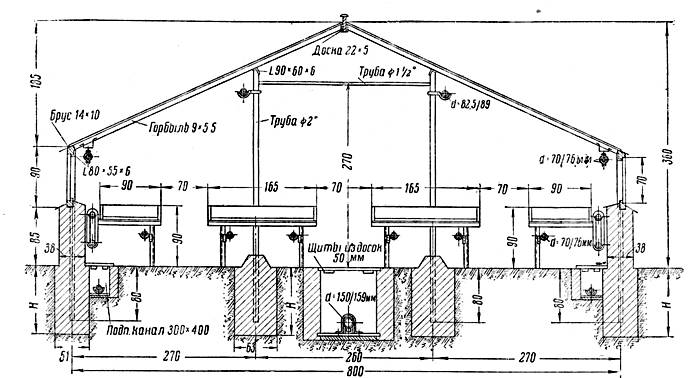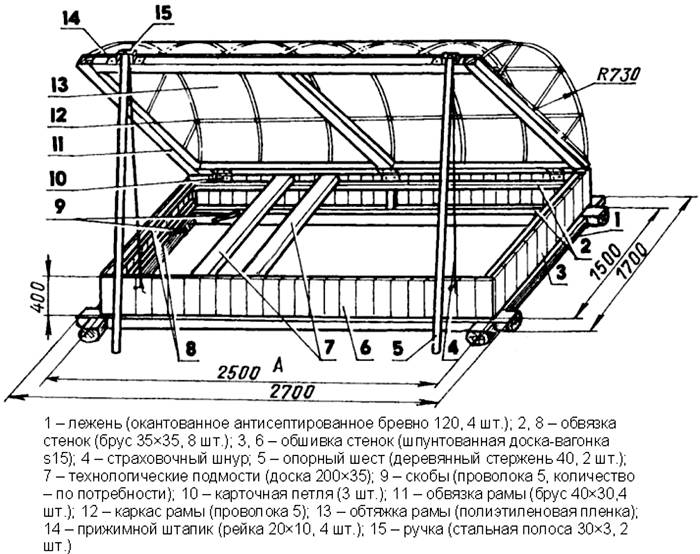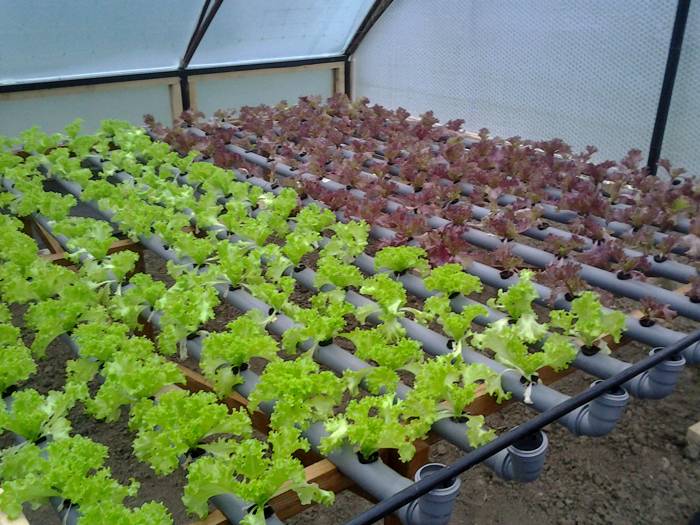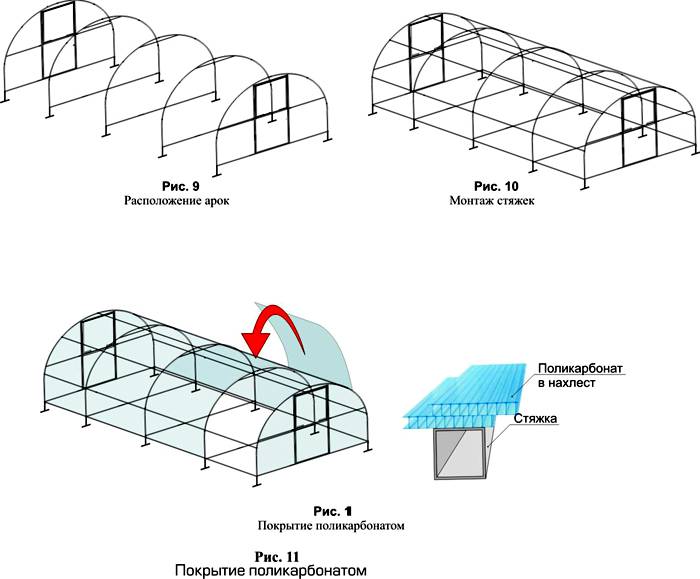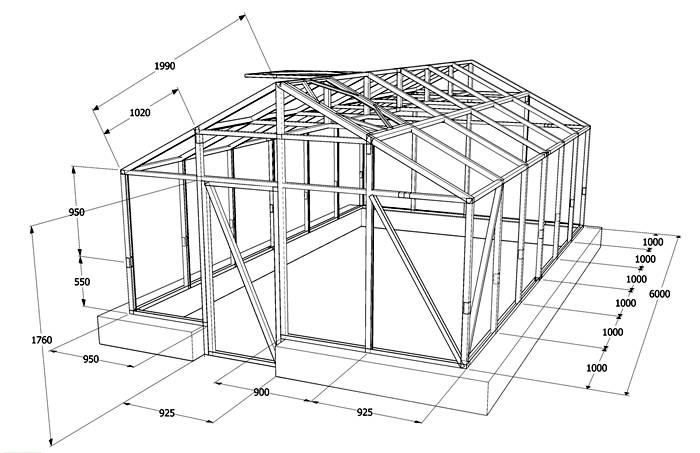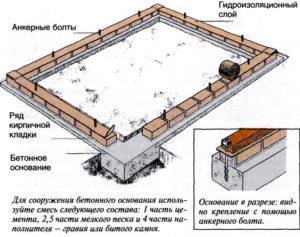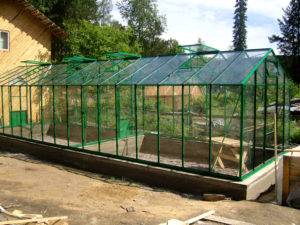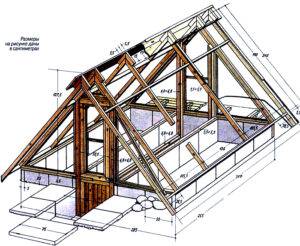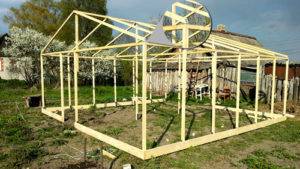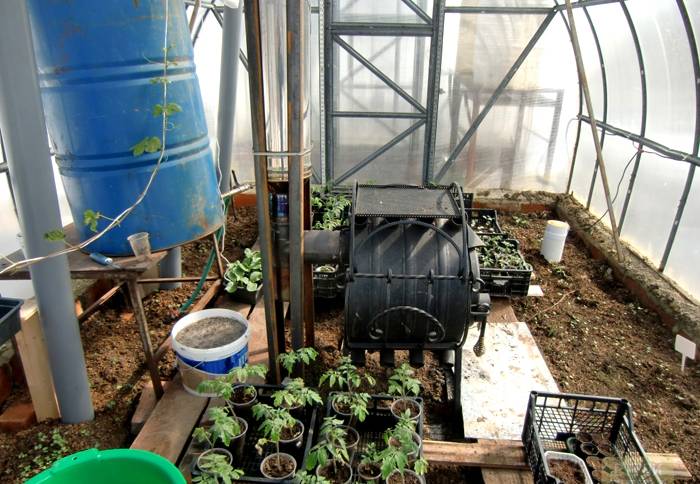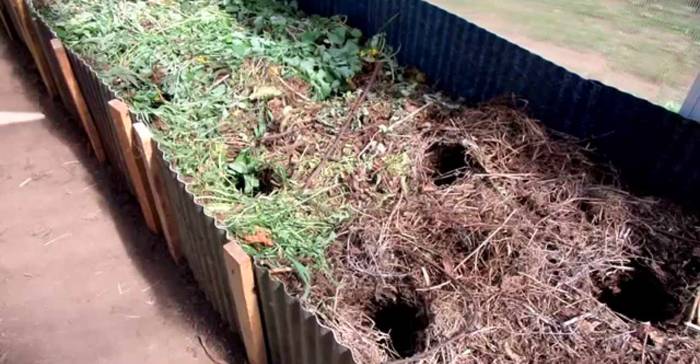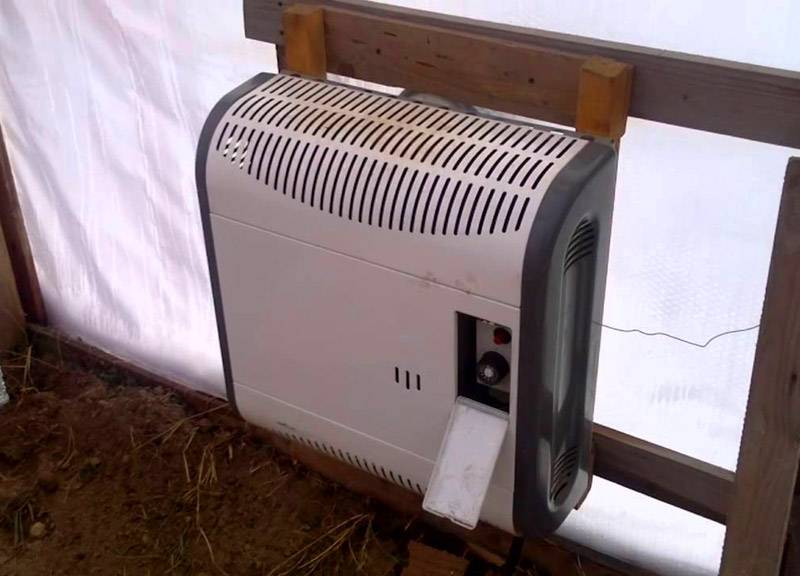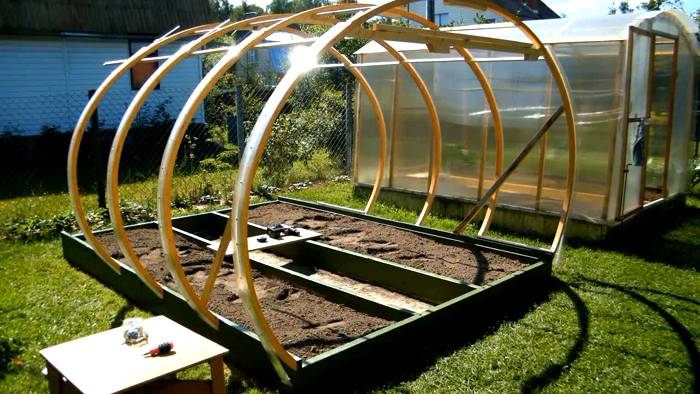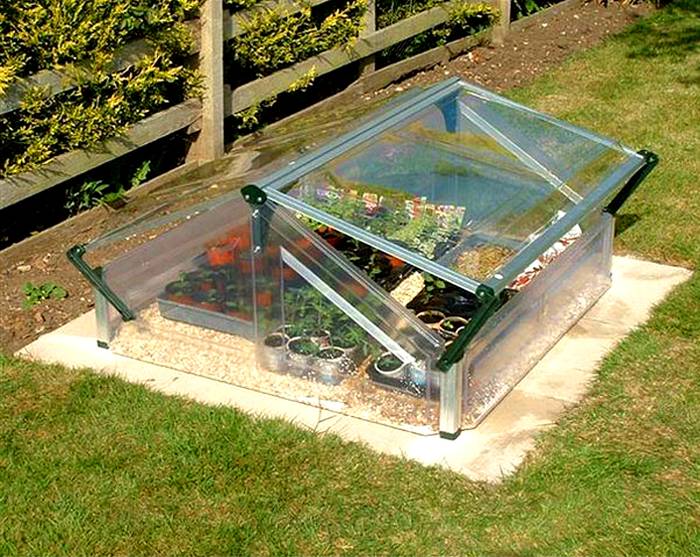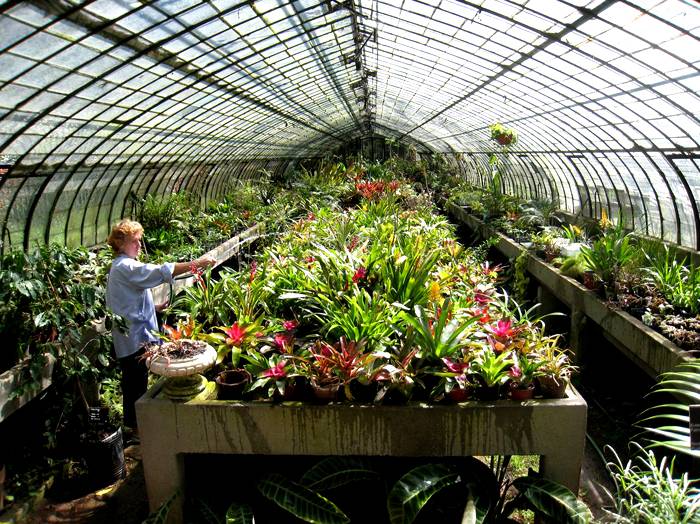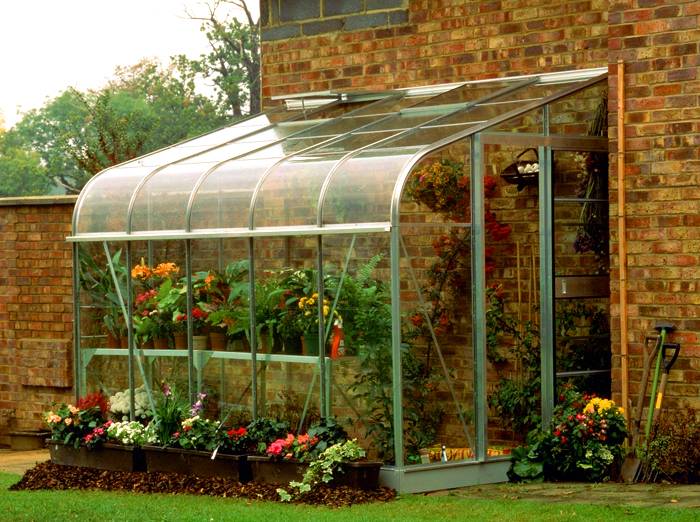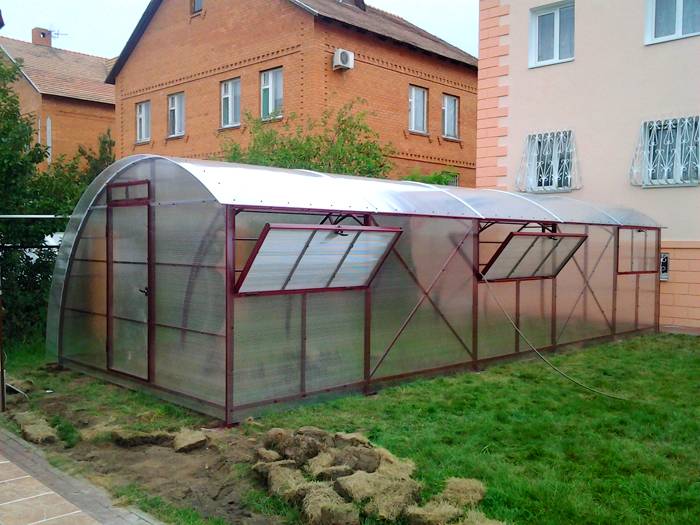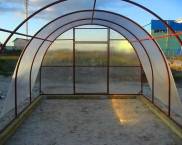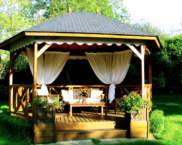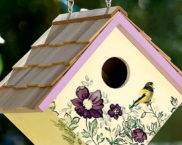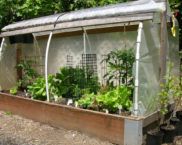The best do-it-yourself greenhouse projects: summer and winter options
In the modern world, not only summer residents put greenhouses on their plots, but also glass or film versions of such premises grow next to private buildings. Many people think about building greenhouses for growing vegetables and flowers all year round, where additional heating is needed, someone only grows tomatoes and peppers in the summer. At the same time, it is important to choose the best do-it-yourself greenhouse projects that can be implemented and get a big harvest.
The content of the article
The best do-it-yourself greenhouse projects for the summer season
In order for the plants to bring a big harvest, you should choose the best greenhouse projects with your own hands, because a lot depends on this choice. Among all the varieties, there are several basic structures that you can build yourself:
- Arched. The roof is mounted in the form of an arc, more light penetrates through the structure, while the rays are scattered. This option is also good for winter, since snow does not linger on the surface.
- Single slope. Usually located near another building, adjacent to it with one wall. This is a budget option that additionally saves the area of the site. In winter, you will have to remove snow from the greenhouse roof yourself.
- Gable. The triangular shape gives space for plants, and you can straighten up in it. In this version, you can even equip a recreation area.
- "Bread box" greenhouse... An excellent place for plant protection in winter before transplanting into open ground.
Projects can be developed independently. For example, a classic wooden gable version, which is easy to create yourself using glass or film.
The "Khlebnitsa" greenhouse is original and easy to create, in which you can plant seedlings in early spring, waiting for good weather for planting in open ground.
Features of the greenhouse "Khlebnitsa"
This design does not require a foundation, as it is a temporary option for plants. Drawings with the dimensions of the "Khlebnitsa" greenhouse can be drawn up independently or you can use ready-made options, for example, like this:
This design has several advantages:
- the opening cover facilitates access to seedlings and the process of operation;
- the entire surface of the earth under the shelter is used, since there is no need to equip the paths;
- the lightness of the design allows you to change the location every season if necessary;
- assembly and installation does not take much time and effort, so all work can be done independently.
- you can vary the length of the structure for the area of the garden.
Thanks to all the advantages, this design can be considered the best project for a greenhouse.
Related article:
Do-it-yourself greenhouse from a profile pipe. In a separate review, detailed instructions for the design and construction of a structure from a shaped pipe are provided with photo examples.
Features of greenhouses for growing vegetables all year round
More and more gardeners come to the conclusion that the best do-it-yourself greenhouse projects are found in models for any season, where you can harvest even in winter. For such structures, it is imperative to create a heating system that will be sufficient to maintain the optimal temperature at any time of the year.
Thinking about how to build a greenhouse for the winter growing of vegetables or flowers, first of all, you should decide on the material of manufacture.
Polycarbonate
This material has gained popularity among gardeners, as it has a number of advantages:
- good thermal insulation performance;
- construction is 16 times lighter than glass;
- flexibility of the material.
Note! The flexibility of polycarbonate allows you to create any form of greenhouse.
Features of the assembly of the arched version:
- The design assumes a frame, which is best made of shaped pipes, welding them together.
- The assembly should be carried out using bolts, the strength is given by the polycarbonate itself.
- Do not forget about the slope of the roof, which should be more than 35⁰.
- Take care of ventilation, having mounted transoms that protect the crop from overheating in the summer heat.
Helpful information! Open honeycomb planks can be sealed with sealant to reduce heat loss.
You can carry out self-assembly and assembly of polycarbonate winter greenhouses with heating. The above recommendations should be observed, as well as a drawing should be prepared in advance, taking into account the dimensions of the greenhouse and the summer cottage. The location is close to communications so that there are no problems with heating.
Related article:
DIY polycarbonate greenhouse. Drawings, types of structures, step-by-step construction and much more in a separate publication of our portal.
Made of bricks with a gable roof
Proven design for harvest all year round, perfect for regions with severe frost. But such a design will require a lot of money. It consists of two rooms:
- the vestibule where the heating boiler is installed and the inventory is located (2 by 2.5 m);
- greenhouse, place for plants.
There is a partition between them, which is made of wood or other dense material. For the roof, corrugated board is used. There are several aspects to consider when building a greenhouse.
Table 1. Aspects to consider when building a greenhouse
Observing all the recommendations, the structure will last at least 15 years, and the harvest will be all year round.
Types of heating winter greenhouses with your own hands with video
A year-round crop is yielded not only by a correctly selected and installed greenhouse design, but also by the choice of a heating system. There are several varieties that are applicable to greenhouses:
- oven;
- biological;
- water;
- gas.
Each option has its own characteristics, drawbacks and advantages.
Heating with a stove
This is one of the easiest heating methods. A stove is mounted in the vestibule, and labor from it goes along the perimeter of the structure, during the furnace smoke comes out, giving off heat.
Note! When choosing a stove heating, pay attention to the ventilation system.
The advantages include ease of installation and the availability of fuel, which can be anything, as well as saving money. At the same time, there are also disadvantages - the lack of uniform heat and temperature drops, which adversely affects the yield.
Biological variant
In the process of decay, heat is released, bark, fertilizer or sawdust are applicable. At the same time, the air is humidified and the soil is fertilized. But this method is not suitable for winter, it is applicable only as an additional option.
Water
The most popular method, which requires a boiler, tank, pipes and pump. In principle, the system is similar to home heating, where the liquid is heated in the boiler and enters through the pipes, heat is evenly distributed during the circulation. The disadvantages include the complexity of installation and the cost of money, but the temperature regime will always be normal.
Gas
This is an alternative to electric heating, it is much cheaper. Gas burners and heaters are installed in the greenhouse, which generate a sufficient amount of heat. Most often, infrared variants of heating devices are mounted.
So that you can make your choice, watch a video on heating a polycarbonate greenhouse with your own hands.
Video: do it yourself greenhouse heating
Interesting photos of greenhouses and greenhouses created by your own hands
Instead of a conclusion and conclusions, look at some interesting photos with greenhouses and greenhouses, created by different people with their own hands. Each option uses a soy construction or heating system. Perhaps you will find something for yourself:




